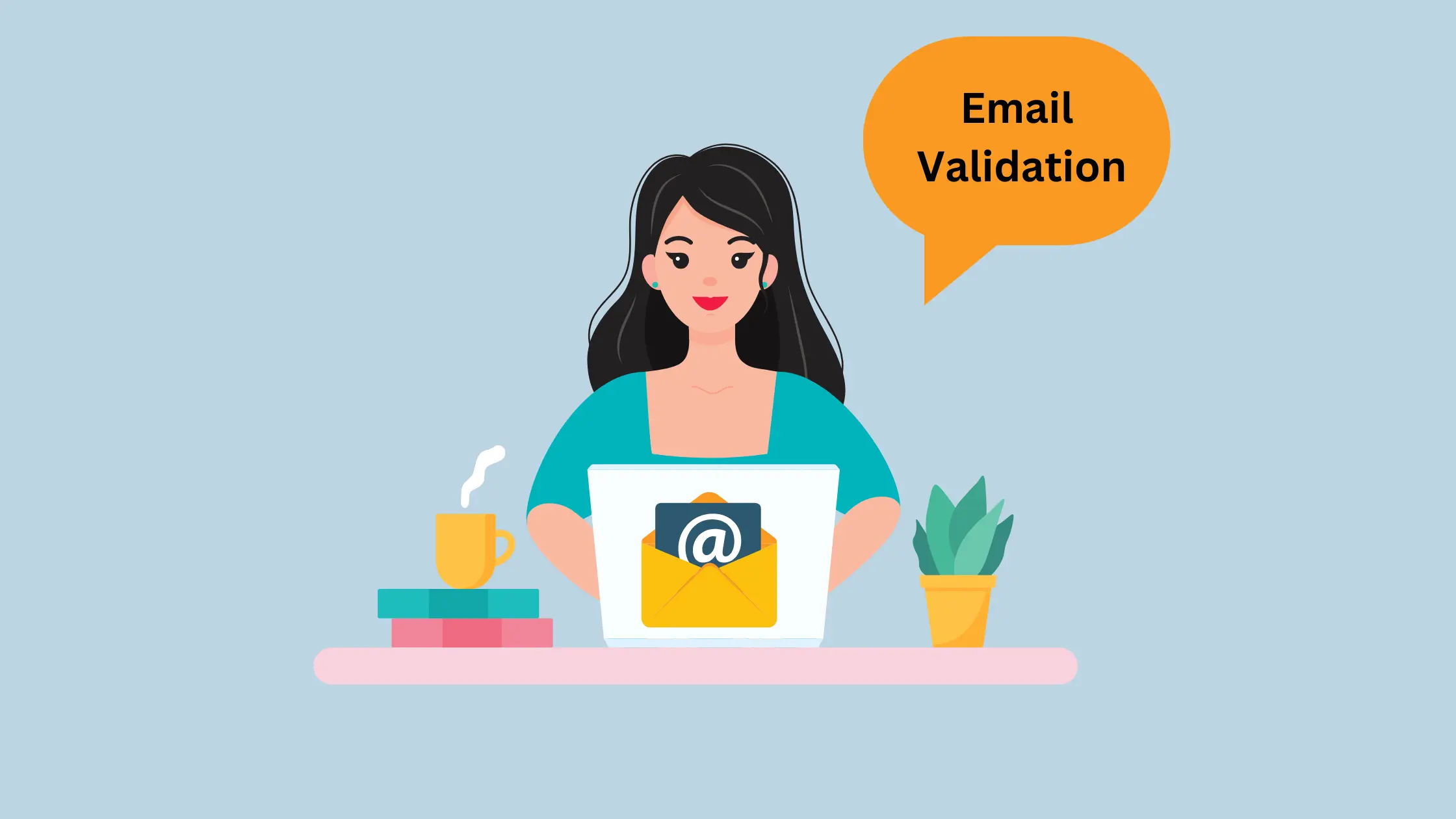What is Email Validation and How It Works?
What is Email Validation and How It Works?
Aug 05, 2023
Email marketing is undoubtedly a powerful tool to achieve an impressive ROI, potentially reaching 120% or more. However, to harness its full potential, you must lay a strong foundation by building a clean and deliverable email list. This starts with email validation, a crucial process to ensure the accuracy and authenticity of your email addresses. But what is email validation? What are the benefits? and how to do it correctly
I'll help you answer all these questions in this post. you will get with a bang in email marketing even if you are a beginner. so let's get started right away.
What is email validation?
So you made a great effort in collecting email address using different ways. And you sent an important email to vast contact list. But you just came to know that most of the contacts were not even valid. May be some of them
The Solutions? Email validation, of course , It's a process of verifying an email address to confirm its validity and existence. It also ensures if the email address is deliverable and has a reliable domain such as Gmail. But why most of you do the email validation?










